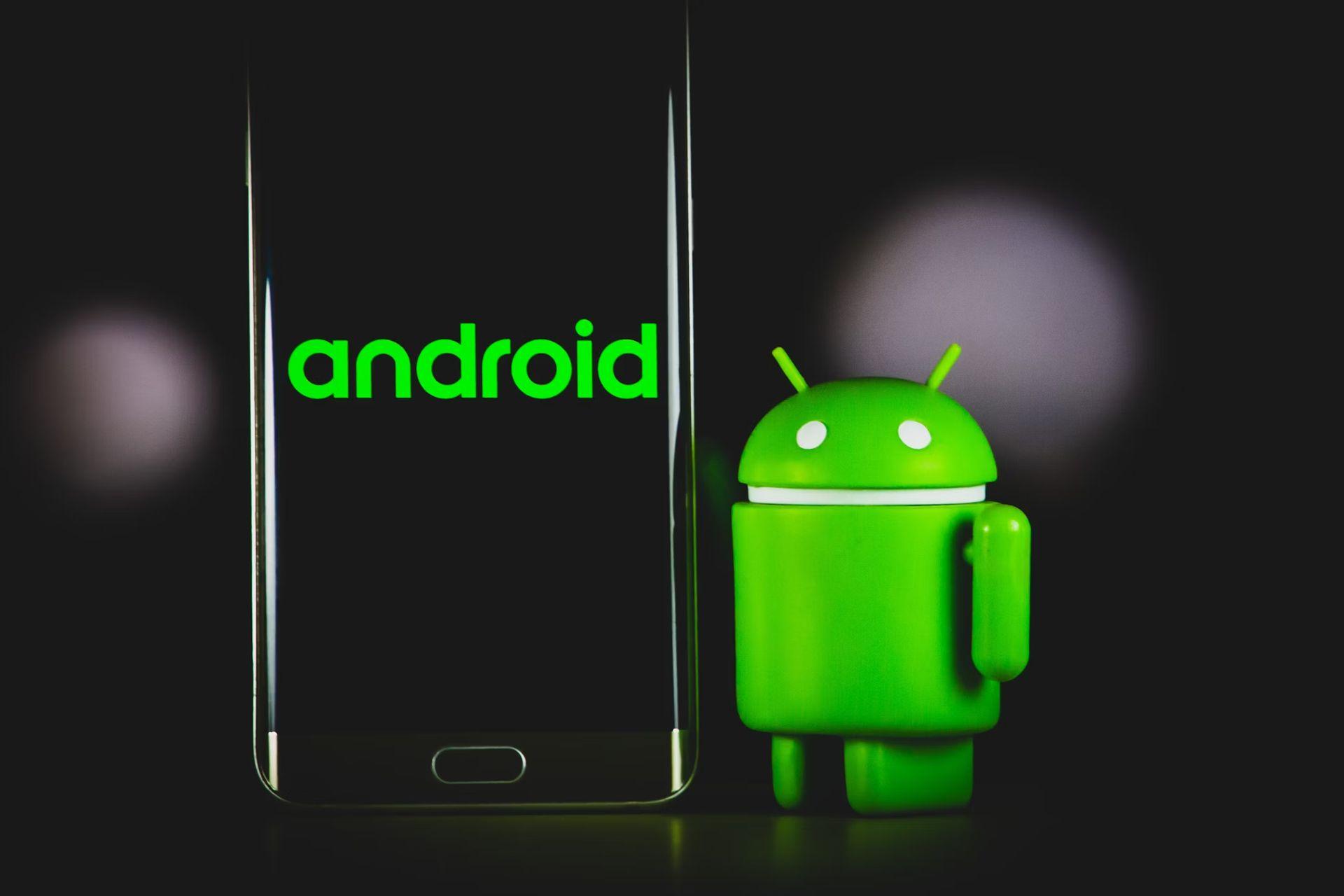Android 15 brings a cool feature to the forefront with the introduction of Wi-Fi Ranging, using the IEEE 802.11az protocol to offer sub-meter indoor positioning accuracy. Traditionally, tracking your location indoors with GPS has been unreliable due to signal obstruction by walls and other structures.
Wi-Fi Ranging tackles this issue head-on by using nearby Wi-Fi access points for pinpointing a device’s position. This breakthrough is set to redefine navigation within large indoor spaces—think sprawling malls, bustling airports, or conference centers—where GPS falters, offering Android users an unprecedented level of precision in indoor location tracking.
How does Wi-Fi Ranging work?
Wi-Fi Ranging builds upon older Wi-Fi-based positioning systems, such as Wi-Fi RTT (Round Trip Time) with FTM (Fine Timing Measurement). While Wi-Fi RTT achieved location accuracy of 1-2 meters, Wi-Fi Ranging enhances this with sub-meter precision, down to 0.4 meters. It does this by measuring the exact time it takes for signals to travel between a device and multiple Wi-Fi access points, using double the bandwidth (160 MHz), supporting the 6GHz band, and offering enhanced scalability and security.
Why is Wi-Fi ranging better than GPS for indoor tracking?
GPS relies on signals from satellites orbiting the Earth, which can be obstructed by walls and other structures, making it less effective indoors. Wi-Fi Ranging, on the other hand, utilizes local Wi-Fi access points to calculate precise indoor locations, overcoming the limitations of GPS in enclosed spaces. This makes it ideal for large venues like malls, airports, or convention centers where accurate indoor positioning is essential.
How is Wi-Fi Ranging different from Wi-Fi RTT and RSS-based tracking?
Wi-Fi Ranging is an evolution of previous Wi-Fi positioning methods. Earlier, Wi-Fi tracking relied on Received Signal Strength Indicator (RSSI), which could only achieve accuracy within 10-15 meters. Android introduced support for Wi-Fi RTT with FTM in Android 9, which improved accuracy to 1-2 meters by measuring the time-of-flight of RF packets between a device and access points. Now, Wi-Fi Ranging with 802.11az takes this further, offering accuracy within less than a meter by refining the timing measurements and using additional spectrum.
All confirmed and leaked Android 15 features
What devices will support Wi-Fi ranging?
Currently, only devices running Android 15 with Wi-Fi chips that support the 802.11az protocol can use Wi-Fi Ranging. Although many Android phones don’t yet have hardware support for Wi-Fi Ranging, Qualcomm’s new FastConnect 7900 chip is paving the way, enabling future phones to adopt this technology. It’s expected that compatible devices will become more common within the next few years as more manufacturers integrate this capability.
Do Wi-Fi access points need upgrades for Wi-Fi ranging?
Yes, for Wi-Fi Ranging to work, Wi-Fi access points must support the 802.11az standard. Many current Wi-Fi 6 access points may require firmware updates to enable this functionality. Until this update becomes more widespread, Wi-Fi Ranging will be limited to areas where access points have been upgraded or replaced with compatible ones.

How does Wi-Fi Ranging compare to UWB and Bluetooth channel sounding?
While Wi-Fi Ranging offers superior range and scalability, UWB (Ultra-Wideband) and Bluetooth Channel Sounding (BT CS) offer slightly higher accuracy. However, Wi-Fi Ranging has several advantages: it’s compatible with existing Wi-Fi infrastructure, has a more extensive link budget, and supports a larger number of clients, making it cost-effective and adaptable to various environments. According to Google engineer Dr. Roy Want, Wi-Fi Ranging is robust, secure, and capable of adapting to traffic conditions, making it an attractive option for many use cases.
What are the potential uses of Wi-Fi Ranging on Android 15?
Wi-Fi Ranging has several exciting applications. In retail, it could help customers navigate to specific products within a store. In smart homes, it could make automation more contextual, like automatically identifying which room you’re in to adjust the lighting accordingly. These use cases are just the beginning, as developers and businesses explore new ways to leverage precise indoor positioning for enhanced user experiences.
Featured image credit: Kerem Gülen/Ideogram





